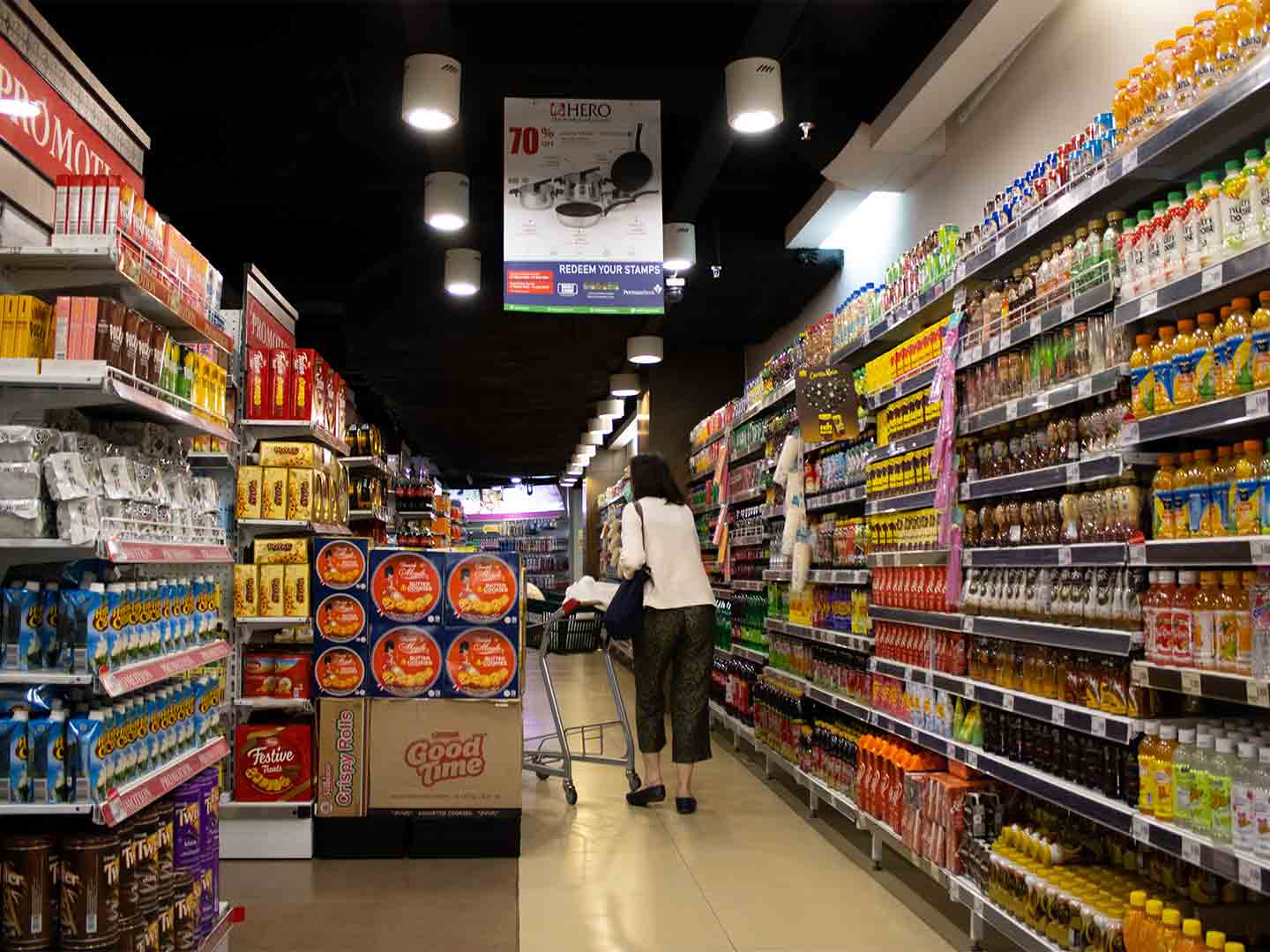
If you’re working with CPG clients, you should know that ad spend rose 4.5% last year to reach $20.1 billion in this sector. Kantar just released a new report, Integrated Print and Digital Promotion, on how CPG advertising has changed since the pandemic. Here are the details to share with your clients.
How CPG Advertising Has Changed
While the vast majority of CPG ad spending goes to TV (60%), digital is growing. In 2021, digital captured 27% of the ad spending in this sector, a significant jump over the 17% it held in 2020. Some of that increase came at the expense of print, which shrank from 15% to 10% of the total, and TV, which shrank from 65% to 60%. CPG companies also spend 1% of their ad budgets on both out-of-home and radio media.
On the digital front, CPG advertisers bought media as follows in 2021:
- Online video 9%
- Mobile web 8%
- Desktop display 7%
- Paid search 21%
- Mobile web video 15%.
- Paid social 40%
Coupons Still Entice Consumers
CPG companies have long used print coupons to encourage consumers to try out a new product or a product that qualifies as a brand extension. But these marketers are shifting to digital coupon formats. According to Kantar’s analysis, 159.7 billion physical coupons were dropped, a 12.4% decrease from the previous year. Of the print coupons created, 16% were food-related and 84% were in non-food categories. But the food category ruled for digital coupons with a 65% share of the total. Food categories with the largest growth rate for digital coupons in 2021 included frozen products and shelf stable beverages. If your clients are selling these products and trying to break into the market, they should know the competition will be stiff.
Of course, consumers love a deal. So they’ll be tempted to try a product if the incentive is good enough. In 2021, here’s how the average face value for coupons broke out:
- Food $1.52
- Non-Food $2.78
Digital
- Food $1.49
- Non-Food $2.34
Seasonality of Coupons and Inserts
CPG producers dropped the most print food-related coupons in early January last year. Other peaks times included early May, coinciding with Cinco del Mayo, early November and early December. In the non-print format, food coupon distribution spiked in early February, the end of July, and mid-August. Marketers also dropped a higher number of digital coupons to encourage product purchases before Thanksgiving and Christmas.
For non-food promotions, researchers measured spikes in coupon drops in early January and August, especially in the personal care and healthcare categories. Drops also increase at the end of January, February and March.
Marketers turn to promotions like coupons and FSIs (freestanding inserts) when they want to attract attention for new products. Last year, CPG companies rolled out 2,219 new products using this form of media. On average, they support a new product with 3.6 digital coupons. In 2021, one of the most heavily supported categories was plant-based protein products.
In addition to offering a discounted price, promotions frequently tout “Buy One, Get One” deals and free products. In an effort to connect with consumers, CPG marketers are using QR codes on promotional material that leads to information, quizzes, explanations about charitable causes, and more rebates. Marketers realize that consumers are paying close attention to social responsibility, In that vein, more FSI pages, whether printed or online, contain details about the brand’s position on social justice, upcoming legislation or environmental issues.
Kantar analysts predict both small and large producers of CPG will use more creative messaging in their promotions. And they will increasingly turn to digital coupons. Help them target the right audiences by checking out AudienceSCAN on AdMall, a service powered by SalesFuel.
Photo by Hobi Industri on Pexels
